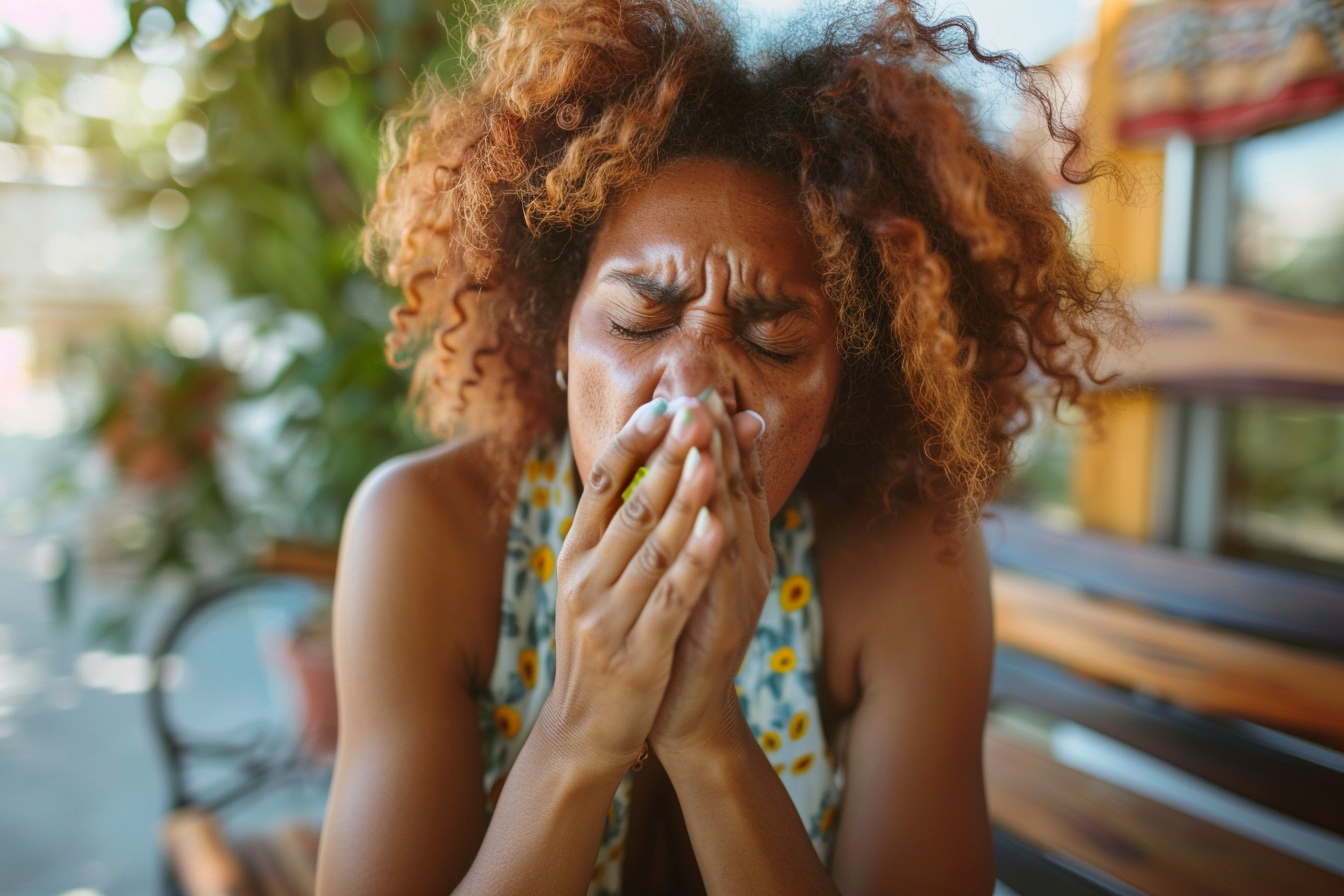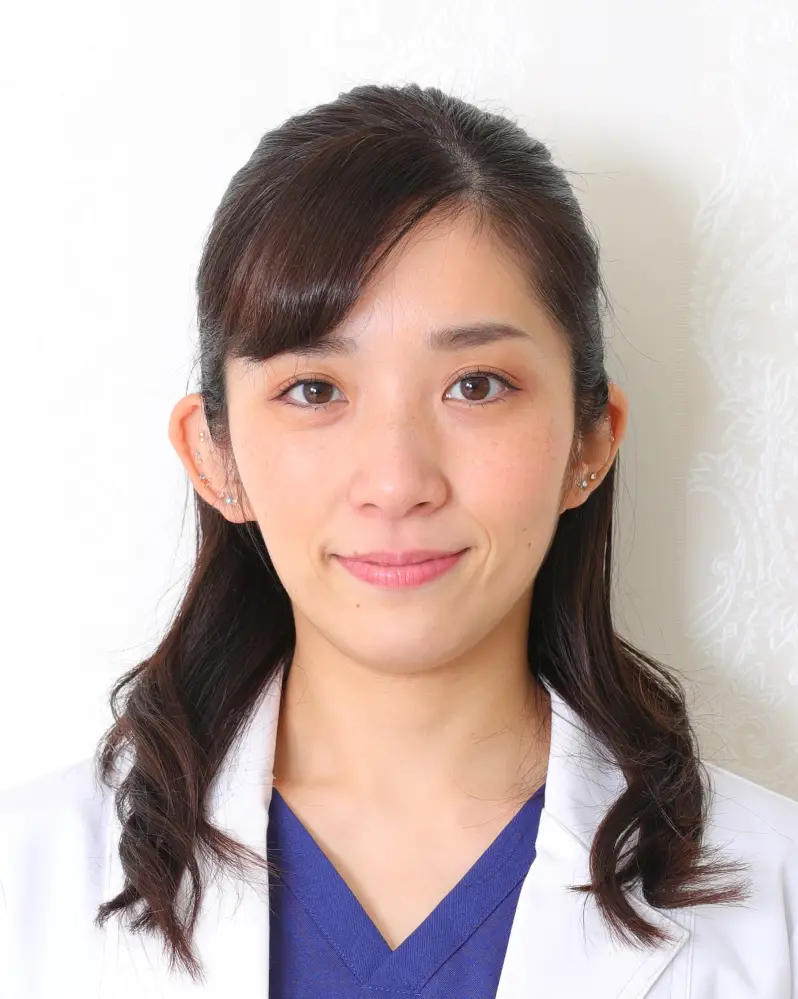Essential Acupressure Points to Relieve Cold Symptoms Naturally
When cold symptoms strike, many people seek effective natural remedies to alleviate discomfort and speed up recovery. Traditional Chinese Medicine (TCM) offers a solution through acupressure, where stimulating specific points on the body can help address common cold symptoms. We consulted Ms. Mai Sogawa, a TCM therapist with years of expertise, for guidance on using acupressure for cold symptoms. Here, we explore seven key acupressure points recommended by Ms. Mai to combat the sneezing, congestion, sore throat, and body aches that often accompany seasonal colds.
For a deeper understanding of how to incorporate acupressure into your wellness routine, check out our comprehensive guide to acupressure techniques and benefits.
How Acupressure Alleviates Cold Symptoms
Acupressure involves applying gentle pressure to certain points on the body, promoting the body’s natural energy flow (Qi) and enhancing circulation to target areas. In TCM, acupressure is seen as an effective way to relieve the congestion, muscle soreness, and energy imbalances that often develop with a cold. When regularly practiced, it may even boost the immune system to help the body fend off illnesses more effectively.
Top Acupressure Points to Ease Cold Symptoms
Below are the seven acupressure points Ms. Mai recommends to naturally relieve cold symptoms. Applying light, steady pressure to each point for about 1–2 minutes can help you experience relief. Be sure to breathe deeply and relax as you practice these techniques.
1. BL-10 (Tianzhu) – For Body Aches and Fever
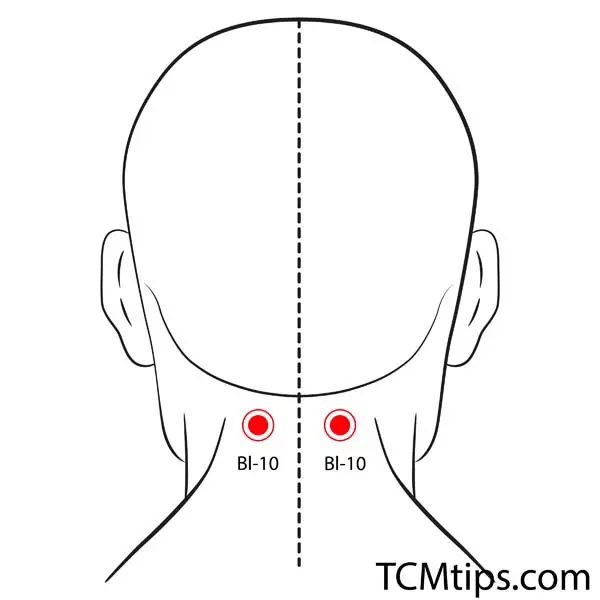
Located at the base of the skull, just outside the two large tendons on the back of the neck, BL-10 (Tianzhu) is beneficial for alleviating headaches, neck stiffness, and general body aches. Applying gentle pressure to this point can help reduce tension and soothe feverish symptoms that are common during a cold.
- How to use: Place your fingers on the hollows at the base of your skull on either side of the spine and apply gentle, circular pressure.
2. GB-20 (Fengchi) – To Relieve Congestion and Headache
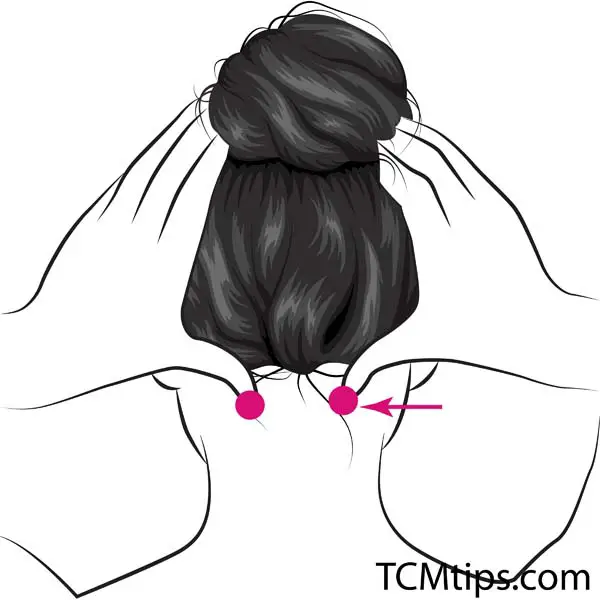
GB-20 (Fengchi), located in the hollows between the neck muscles at the back of the head, is another essential point for addressing cold-related congestion and headaches. Stimulating GB-20 can promote better circulation in the head and neck, easing stuffy noses and relieving sinus pressure.
- How to use: Use your thumbs to press into the hollows at the base of the skull, just outside the large tendons. Apply gentle pressure while taking deep breaths.
3. GV-14 (Dazhui) – Boosting Immune Response
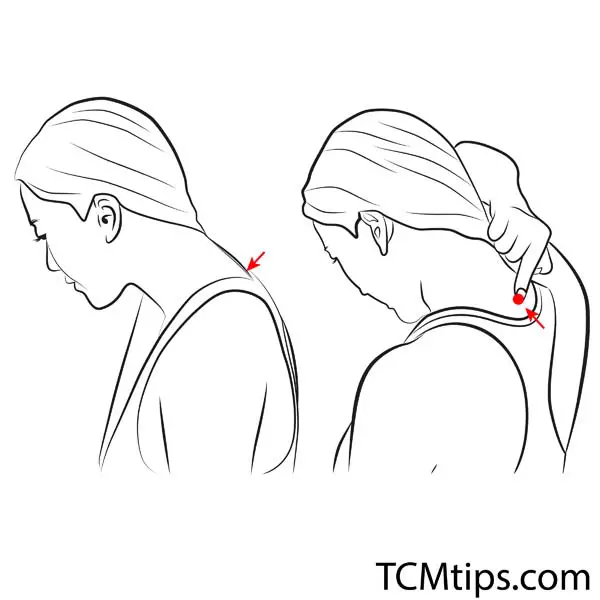
Situated on the back of the neck where the base of the neck meets the spine, GV-14 (Dazhui) is known in TCM to support the immune system and relieve symptoms such as chills, fever, and general discomfort. This point can help stimulate the body’s natural defenses, making it ideal to press when fighting off a cold.
- How to use: Tilt your head forward slightly and locate the prominent vertebra at the base of your neck. Apply gentle pressure with two fingers for 1–2 minutes.
4. BL-12 (Fengmen) – For Nasal Congestion and Coughing
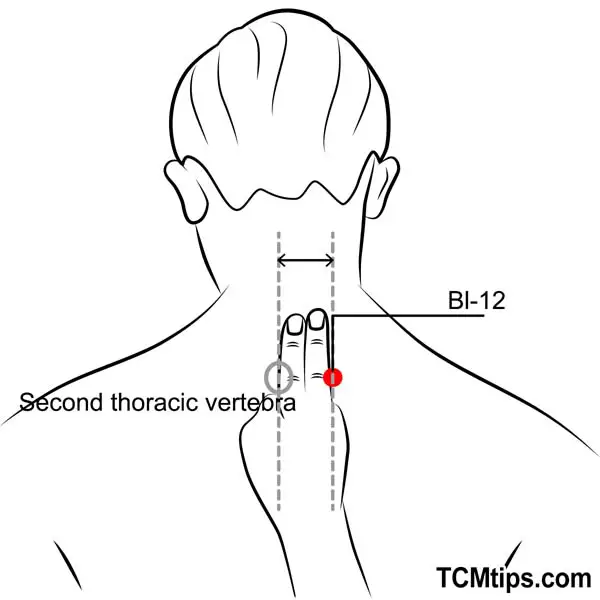
BL-12 (Fengmen) is located on the back, roughly 1.5 inches from the spine, just below the tops of the shoulder blades. Known for its ability to address symptoms like nasal congestion and coughing, BL-12 is often called the “Wind Gate,” as it helps expel the “wind” or pathogenic factors that TCM associates with colds.
- How to use: Have someone press on this point gently if possible, as it’s located on your upper back. Alternatively, use a massage tool to reach and stimulate it.
5. LI-4 (Hegu) – For General Cold Symptoms and Headache Relief
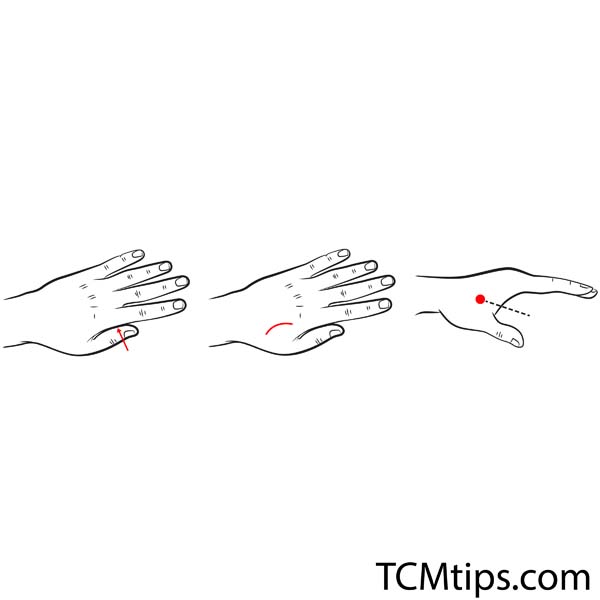
A well-known acupressure point for various ailments, LI-4 (Hegu) is located in the web between the thumb and index finger. This point is particularly helpful for relieving headaches and general cold symptoms, including chills and sinus congestion.
- How to use: Press firmly on the fleshy area between your thumb and index finger on one hand with the opposite thumb. Maintain pressure for 1–2 minutes, then switch to the other hand.
6. Ren-22 (Tiantu) – For Throat Pain and Irritation
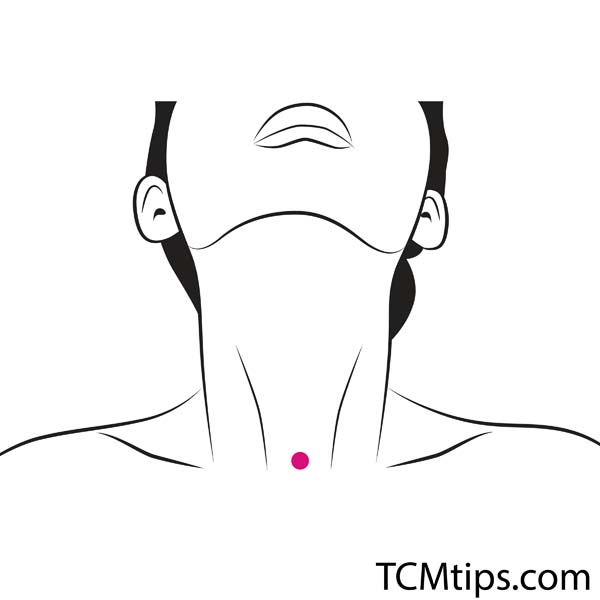
When colds bring on a sore throat, Ren22 (Tiantu), located at the base of the throat in the small hollow at the top of the breastbone, can be helpful. Stimulating this point can alleviate throat pain and reduce coughing, making it easier to breathe and swallow.
- How to use: Gently press on the hollow at the base of your throat with your index and middle fingers, using circular motions to relax the area.
7. LI-20 (Yingxiang) – To Relieve Nasal Congestion
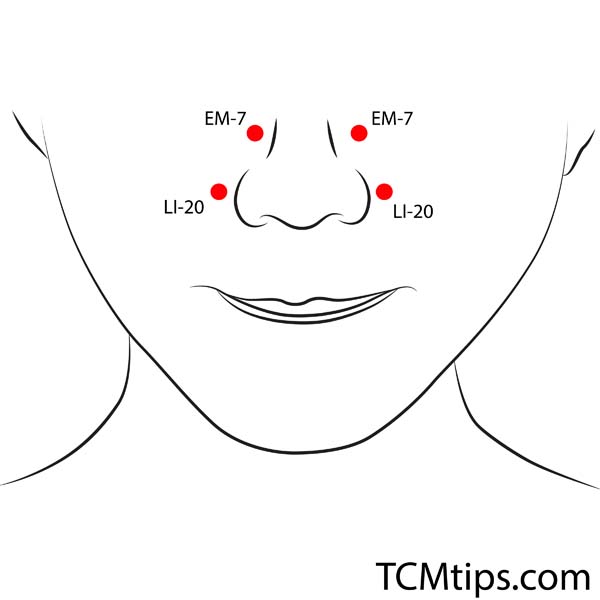
LI-20 (Yingxiang) is situated on either side of the nostrils, just above the crease where the nose meets the cheeks. Pressing this point can help clear nasal passages and ease breathing, making it ideal for sinus congestion and a stuffy nose.
- How to use: Using your index fingers, press on the points on both sides of your nose, applying gentle, upward pressure to open the nasal passages.
Tips for Effective Acupressure
To maximize the benefits of acupressure:
- Use Consistent Pressure: Firm, gentle pressure is key; avoid pressing too hard, as it may cause discomfort.
- Focus on Breathing: Deep, slow breaths help your body relax and allow Qi to flow smoothly.
- Practice Regularly: Consistent use of acupressure can not only help alleviate cold symptoms but also strengthen the body’s defenses over time.
- Stay Warm and Rested: Maintaining warmth and getting plenty of rest are essential when battling cold symptoms.
When to Seek Additional Help
While acupressure can be beneficial in managing cold symptoms, it’s important to consult a healthcare professional if symptoms persist or worsen. Acupressure is generally safe for self-care, but those with underlying health conditions or who are pregnant should consult a TCM practitioner or physician before beginning.
For more detailed information about using acupressure in your daily life, consider exploring Ms. Mai Sogawa’s professional insights and TCM-based wellness practices that can keep you balanced through every season.

Try our Anti-Aging Gua Sha Tool designed to bring out your skin’s natural glow.
Best Gua Sha Product- Anti-Aging: The tool is designed to target 11 specific aging signs such as wrinkles and sagging skin. By following the 7-step routine, users can improve skin firmness and reduce fine lines naturally.
- Enhances Skincare Routine: It works effectively with serums and lotions, boosting absorption and efficacy of skincare products.
- Visible Skin Improvement: Users can expect a smoother complexion, reduced puffiness, and a more youthful appearance.
 P. Sze
P. Sze 